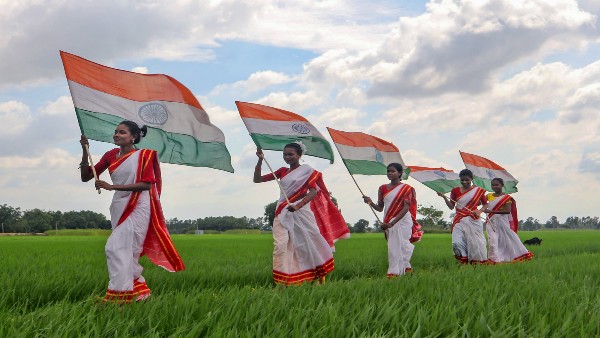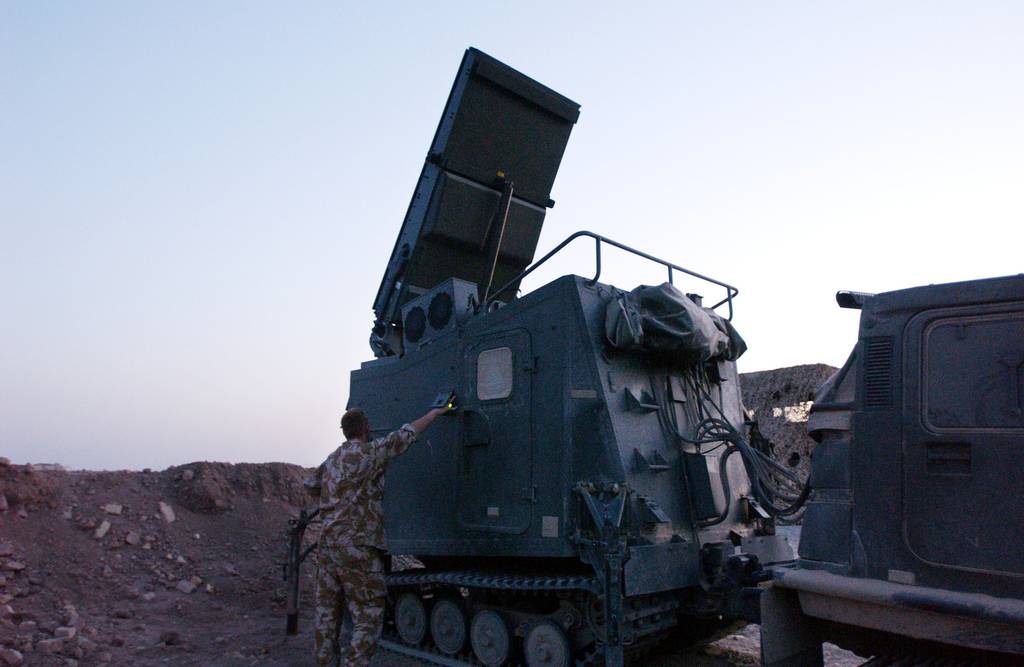
Why is the Indian flag ‘hoisted’ on Independence Day but ‘unfurled’ on Republic Day?
[ad_1]
India
oi-Madhuri Adnal


New
Delhi,
Aug
11:
On
August
15,
we
will
celebrate
our
75th
Independence
Day
-the
theme
being
‘Azadi
Ka
Amrit
Mahotsav’.
On
this
day,
Prime
Minister
Narendra
Modi
will
hoist
the
tricolour
at
Red
Fort
before
addressing
the
nation
from
the
ramparts.

oung
women
pose
holding
the
national
flag
walk
through
a
paddy
field
ahead
of
the
75th
Independence
Day.
PTI
But
did
you
know
that
the
Indian
flag
is
‘hoisted’ on
Independence
Day
on
August
15,
and
‘unfurled’
on
Republic
Day
on
January
26?
The
difference
is
that
on
Independence
Day,
the
flag
is
tied
to
the
bottom
of
the
flag
pole
and
is
‘hoisted’
to
the
top.
This
is
to
mark
India’s
rise
as
an
independent
country
and
the
end
of
British
rule.
On
the
other
hand,
when
the
Tricolour
is
to
be
‘unfurled’
on
Republic
Day,
i.e.
January
26,
the
flag
remains
closed
and
tied
up
at
the
top
of
the
pole,
indicating
an
open
era
for
the
country
to
spread
its
wings
as
a
Republic.
 Independence
Independence
Day
2022:
In
a
first,
home-grown
howitzer
gun
to
be
part
of
21-gun
salute
The
difference
between
the
two
ceremonies
is
minor
but
the
significance
is
great.
The
hoisting
of
the
flag
signifies
the
rise
of
a
new
nation,
free
from
colonial
domination.
Whereas
on
Republic
Day,
the
flag
is
already
on
top
of
the
flag
pole
and
signifies
that
it
is
one
of
a
free
nation.
Furthermore,
it
is
the
Prime
Minister
who
hoists
the
flag
on
Independence
Day,
whereas
it
is
the
President
who
unfurls
the
flag
on
January
26.
This
is
because
when
the
country
became
independent
on
August
15,
1947,
there
was
no
President
and
it
was
the
Prime
Minister
who
was
the
head
of
the
Indian
government.
However,
on
January
26,
1950,
Dr
Rajendra
Prasad
took
oath
as
the
first
president
of
India
and
became
the
ceremonial
head
of
state.
Story first published: Thursday, August 11, 2022, 22:19 [IST]
[ad_2]
Source link


